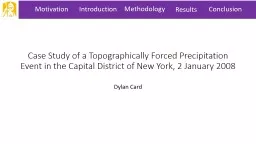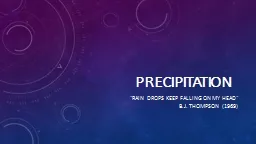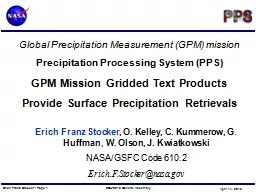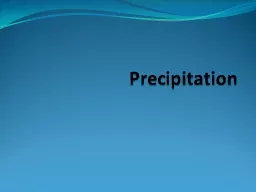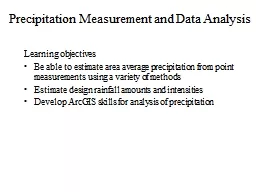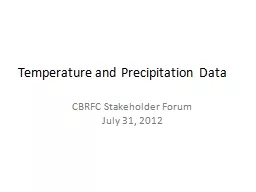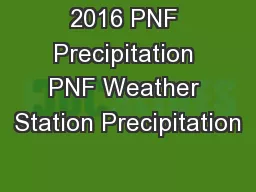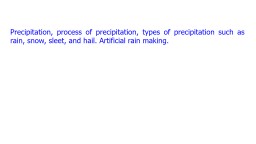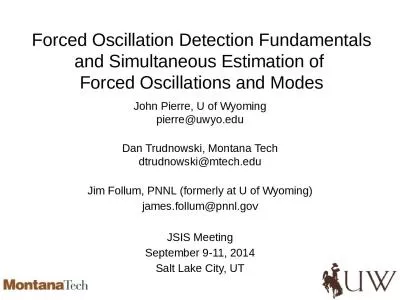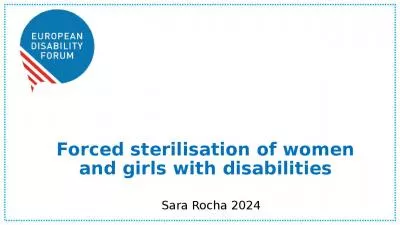PPT-Case Study of a Topographically Forced Precipitation Event
Author : liane-varnes | Published Date : 2017-11-07
Dylan Card Motivation Conclusion Methodology Results Introduction Unique terrain in eastern New York plays a pivotal role in weather in the Capital District Region
Presentation Embed Code
Download Presentation
Download Presentation The PPT/PDF document "Case Study of a Topographically Forced P..." is the property of its rightful owner. Permission is granted to download and print the materials on this website for personal, non-commercial use only, and to display it on your personal computer provided you do not modify the materials and that you retain all copyright notices contained in the materials. By downloading content from our website, you accept the terms of this agreement.
Case Study of a Topographically Forced Precipitation Event: Transcript
Download Rules Of Document
"Case Study of a Topographically Forced Precipitation Event"The content belongs to its owner. You may download and print it for personal use, without modification, and keep all copyright notices. By downloading, you agree to these terms.
Related Documents

